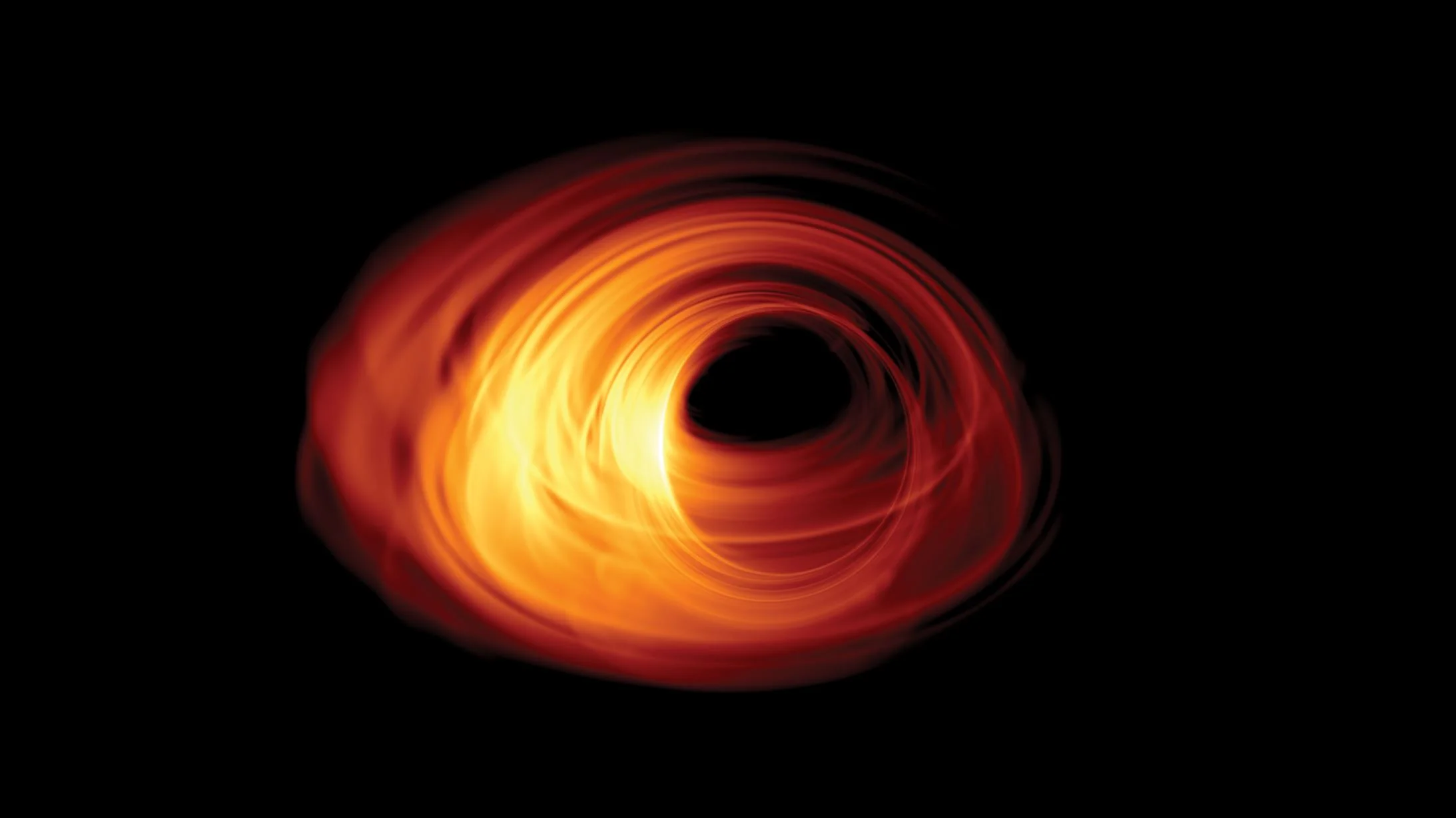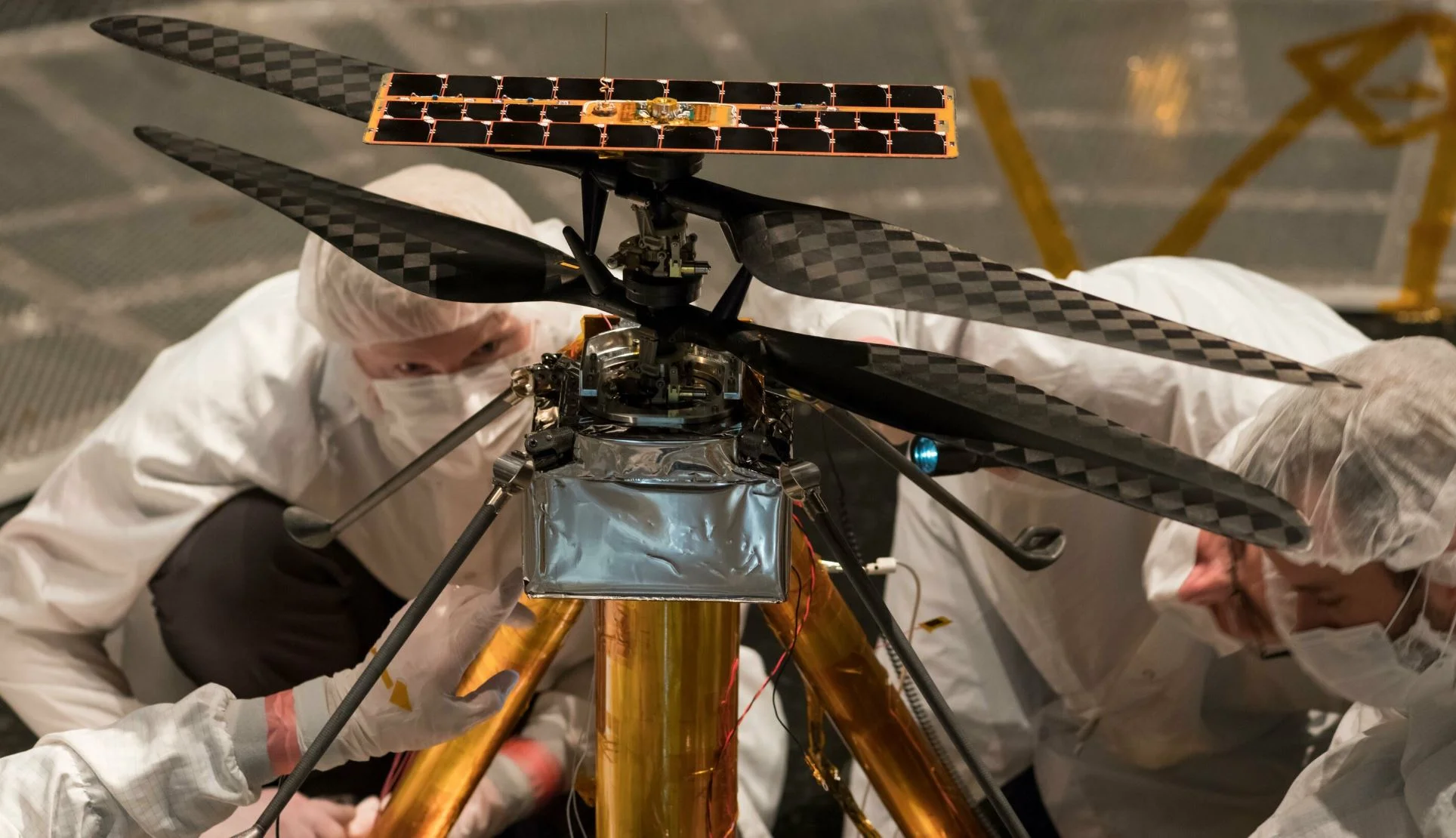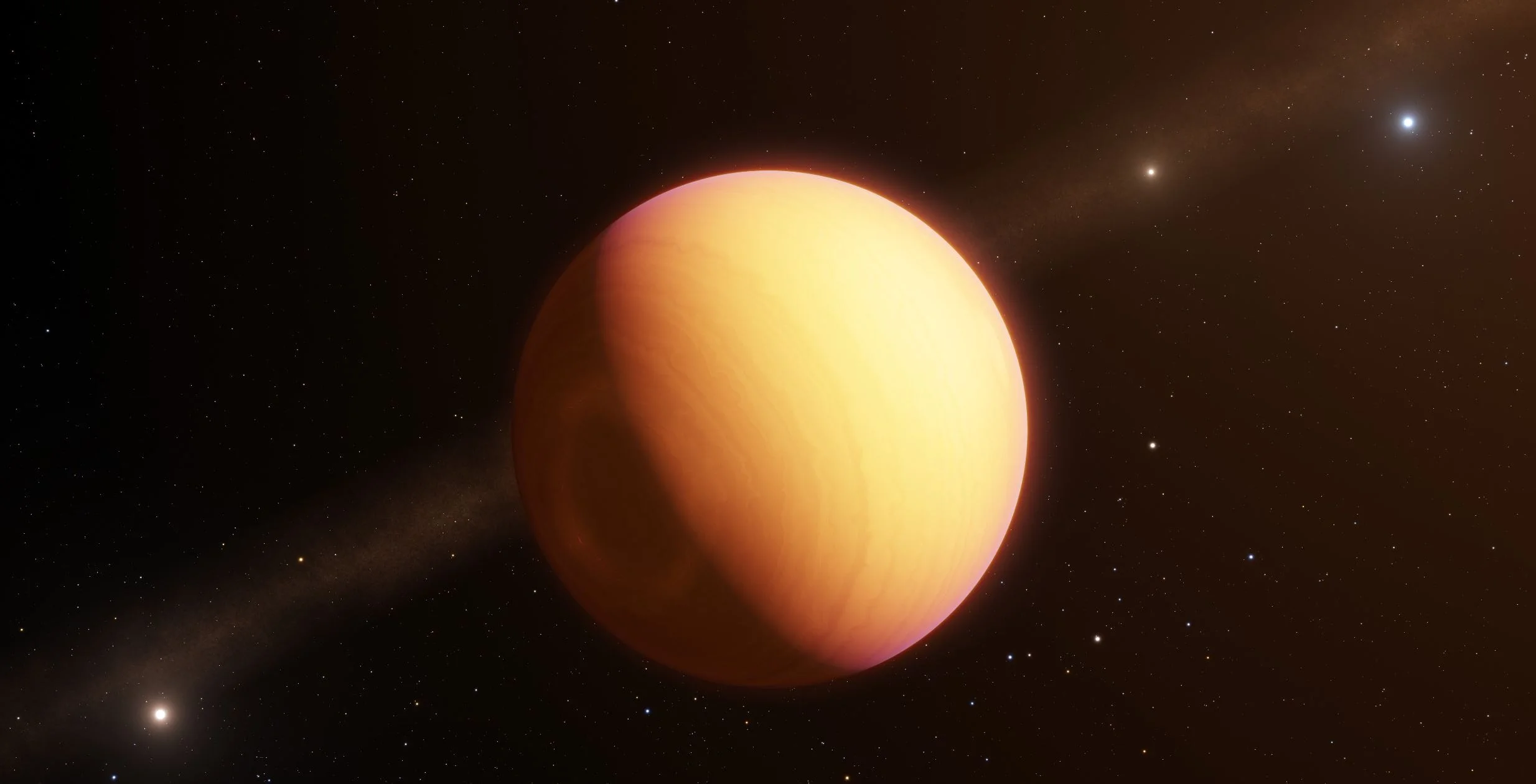How did complex life arise on Earth about two billion years ago? Research by an international team of scientists from Sweden, the United States, Australia and the Netherlands now provides a new perspective on the matter. In a study published this week in Nature Microbiology, the team presents a new model about the first complex cell types that make up plants, fungi, but also animals and people. They describe how complex cellular life forms developed in evolution through the metabolic integration of simpler cell types.
Now We Know That Dark Matter Isn’t Primordial Black Holes
For over fifty years, scientists have theorized that roughly 85% of matter in the Universe’s is made up of a mysterious, invisible mass. Since then, multiple observation campaigns have indirectly witnessed the effects that this “Dark Matter” has on the Universe. Unfortunately, all attempts to detect it so far have failed, leading scientists to propose some very interesting theories about its nature.
Record-Breaking Satellite Advances NASA’s Exploration of High-Altitude GPS
The four Magnetospheric Multiscale (MMS) spacecraft recently broke the world record for navigating with GPS signals farther from Earth than ever before. MMS’ success indicates that NASA spacecraft may soon be able to navigate via GPS as far away as the Moon, which will prove important to the Gateway, a planned space station in lunar orbit.
NASA Achieves Rocket Engine Test Milestone Needed for Moon Missions
NASA is a step closer to returning astronauts to the Moon in the next five years following a successful engine test on Thursday at NASA’s Stennis Space Center near Bay St. Louis, Mississippi. The latest “hot fire” was the culmination of four-plus years of testing for the RS-25 engines that will send the first four Space Launch System (SLS) rockets into space.
Mars Express Saw the Same Methane Spike that Curiosity Detected from the Surface of Mars
The fate of the Earth? We discovered the remains of a planet following the violent death of its parent star
If it weren’t for the sun constantly showering us with energy, there would be no life on Earth. But eventually stars like it run out of fuel, expand into red giants and finally collapse into small, faint objects called white dwarfs. So what will happen to us and the other planets in our solar system when the sun dies? It’s not been entirely clear.
ESO might be Announcing the First Black Hole Picture on April 10!
The European Southern Observatory (ESO) has set an important press conference for April 10th, involving the Event Horizon Telescope (EHT). They haven’t come right out and said it, but the Media Advisory from the ESO says they will, “hold a press conference to present a ground-breaking result from the EHT.” If it’s not a black hole, then well-played ESO, well-played.
Pollen is getting worse, but you can make things better with these tips from an allergist
Mars Helicopter Completes More Test Flights. It’s Almost Ready to go to Mars
Eurasian lynx: how our computer model highlighted the best site for restoring this wild cat to Scotland
Though it can still be found in the forests of Europe, the Eurasian lynx has not been seen in the UK for more than 1,000 years. This medium-sized wild cat with its distinctive pointy ears was driven to extinction during the medieval period, thanks to low numbers of its preferred prey, roe deer, as well as a disappearing habitat and excessive hunting. But recently the Lynx UK Trust has argued strongly for its reintroduction.
Beware the deeper water
Ground-Based Telescope Directly Observes the Atmosphere of an Extrasolar Planet, and Sees Swirling Clouds of Iron and Silicates
NASA's Cassini Finds Saturn's Rings Coat Tiny Moons
New findings have emerged about five tiny moons nestled in and near Saturn's rings. The closest-ever flybys by NASA's Cassini spacecraft reveal that the surfaces of these unusual moons are covered with material from the planet's rings — and from icy particles blasting out of Saturn's larger moon Enceladus. The work paints a picture of the competing processes shaping these mini-moons.
MIT and NASA engineers demonstrate a new kind of airplane wing
Methane on Mars: a new discovery or just a lot of hot air?
The discovery of life on Mars would get pretty much everyone excited. But the scientists hunting for it would probably be happy no matter what the outcome of their search – whether life turned out to extinct, dormant or extant. They’d even consider finding no evidence of life whatsoever to be an important discovery. But, as the saying goes, absence of evidence is not evidence of absence, and it will take many decades of detailed exploration of Mars to be reasonably sure that life has always been absent there.
Hubble Spots Flock of Cosmic Ducks
Rivers on Mars Flowed for More Than a Billion Years
The ancient climate of Mars is a mystery to scientists. Even with all we’ve learned about Mars, it’s still difficult to explain how lakes and rivers existed. A new study shows that Martian rivers were swollen with runoff and that they flowed far later into the planet’s history than previously thought.
SpaceX Releases a New Render of What the All-Steel Starship Will Look Like Returning to Earth
The design for SpaceX’s Starship (aka. Big Falcon Rocket) is really starting to come together! Over the holidays, sections of the Starship Hopper (a miniature version of the Starship) were photographed being put together at the company’s South Texas Launch Site. By mid-January, the parts were fully-integrated, forming the body of the stainless-steel prototype that would test the spacecraft’s overall architecture.
Alzheimer’s disease: have we got the cause all wrong?
Early in the 20th century, Alois Alzheimer first described a disorder of progressive memory loss and confusion in a 50-year-old woman. After she died, he examined her brain and saw that it was full of unusual protein clumps, known as plaques. Over a century later, we know that these plaques are full of a protein called beta-amyloid and are a hallmark of the disease that bears Alzheimer’s name. While other features of Alzheimer’s disease have been discovered, the theory that beta-amyloid is the main cause of this incurable disease has dominated.

















